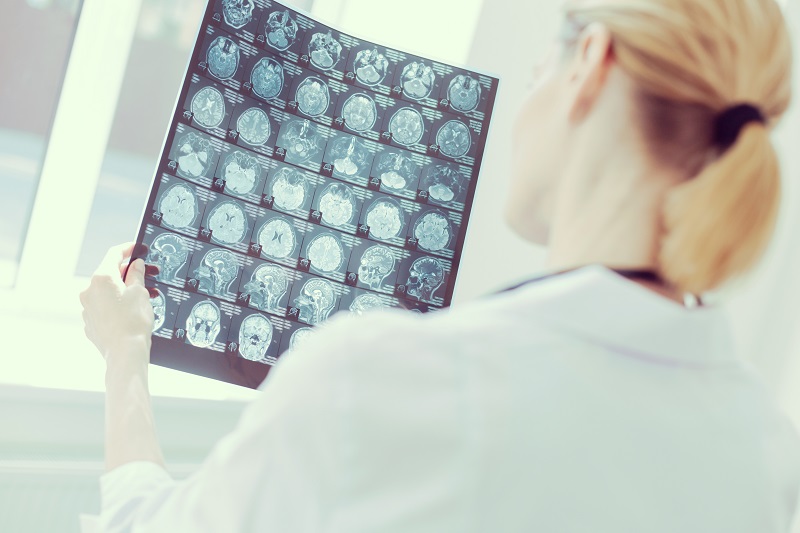How does Neurorehabilitation work?
All interventions are considered in the context of a global rehabilitation plan, coordinated and defined specifically for each patient; explains Dr. Marta Ochoa.
It is vitally important to promote the active role of the family as they are integrated into the rehabilitation process as "co-therapists" and, in addition, they may also need psychological care and emotional support to facilitate the grieving process and the transition to the new family situation.
Who forms the Neurorehabilitation Unit?
The team of professionals who take part of this Unit are:
- Neurologists
- Neuropsychologists
- Rehabilitators and physical therapists
- Speech therapists
- Occupational Therapists
- Neurophysiologists
What are the main interventions?
Neuropsychological Rehabilitation
To recover and optimize cognitive abilities and functional competences, normalize behavior and emotional responses and promote social and work integration.
Neurological Physiotherapy
To reduce biomechanical and psychomotor disturbances that affect functionality. In this way, pain can be controlled and the patient's postural and motor control can be promoted, maintained and restored to obtain maximum functional capacity.
Speech therapy
To rehabilitate disorders in swallowing functions, speech, voice and language. In this way, an attempt is made to rehabilitate and / or compensate both the language and anatomical-functional deficit and the disability caused by said deficit.
Occupational Therapy
To find out the direct functional impact of motor, sensory and cognitive deficits on basic and instrumental activities, and thus, try to reduce it to create an ideal environment in order to carry out activities with purpose.
Transcranial Magnetic Stimulation
To stimulate and modulate brain activity in a direct, non-invasive and safe way through the generation of magnetic fields. Combined with the rest of the neurorehabilitation interventions and procedures, it improves their efficacy and, in addition, enhances and accelerates the therapeutic effects of cognitive and motor stimulation.
What are the main Programs?
- Neurofunctional monitoring studies.
- Cognitive training.
- Training in compensatory systems and external aids.
- Cognitive-behavioral intervention.
- Psychoeducation of patients and families.
- Autonomy training: shower, WC, clothing, self-care, use of transport, money management, housework, integration into the community.
- Training in alternative / augmentative communication systems.
- Dysphagia intervention programs (swallowing and feeding).
- Treatment of speech and voice disorders.
- Pain control and injury prevention.
- Motor stimulation and recovery of normal movement.
- Postural alignment. Correction of movement patterns and adaptations of sitting systems.
- Adjustment of orthopedic aids.
- Training for family members in cognitive, behavioral management and in increasing autonomy.
- Adaptations in the family home.
What is Neurorehabilitation?
The Neurorehabilitation Unit of HM Hospitals aims to improve the functionality, autonomy, and quality of life of those who have suffered from Brain Injury (DCS). This type of brain damage is caused by traumatic brain injuries, strokes and cerebral hemorrhages, tumors and infections of the Central Nervous System. It is not a birth or degenerative disability. DCS can affect motor, cognitive, communicative, behavioral, emotional regulation, sensory functions or swallowing capacity, producing functional limitations for those affected and their families.
Neurorehabilitation Centers
Policlínico HM Las Tablas
C/ Sierra de Atapuerca 8,
28050 Madrid
international@mail.hmhospitales.com
91 445 21 26
